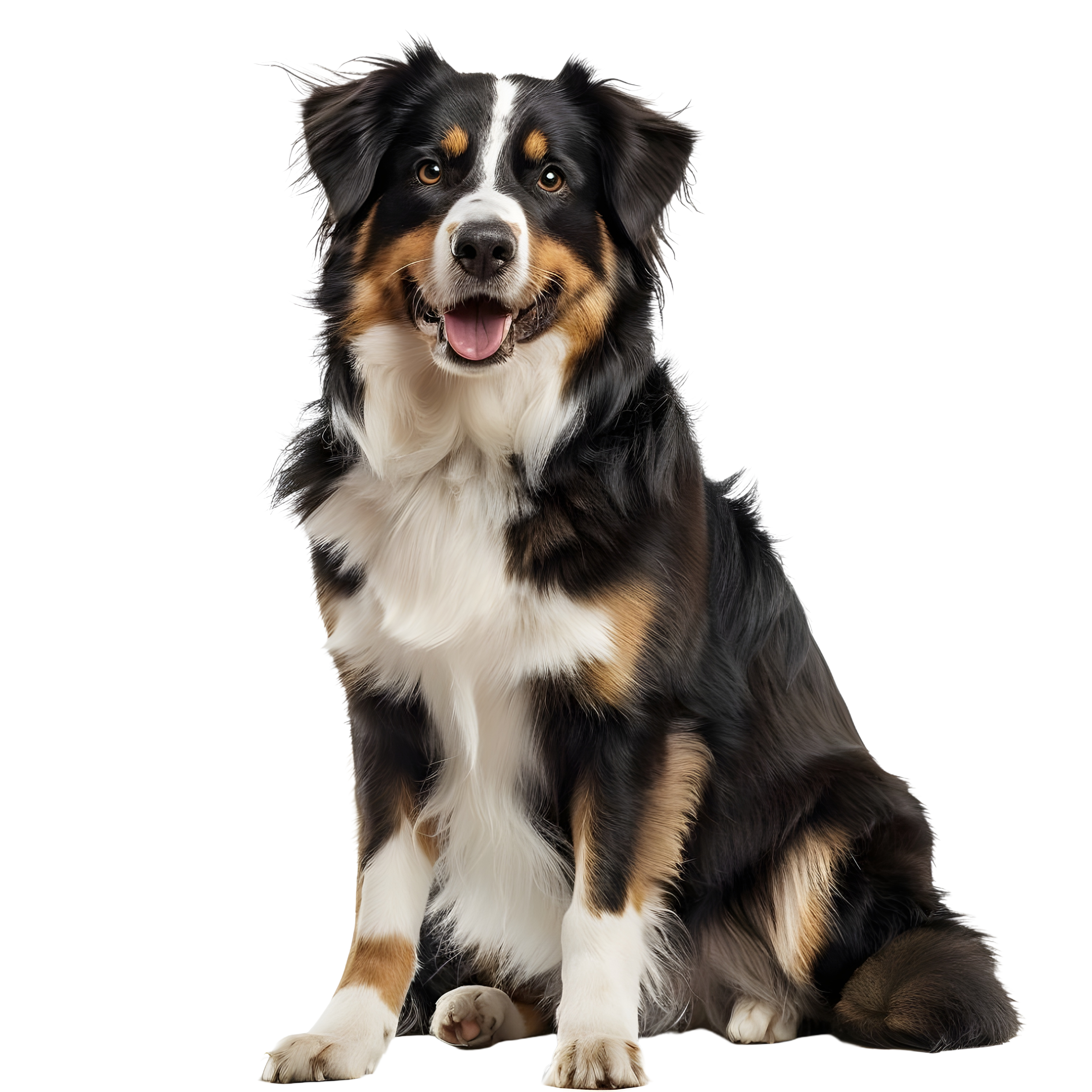Trimming Nails and Handling Cracked Pads: Taking Care of Your Dogs Paws
Chicago weather can be rough on your dog’s feet. During the summer, any walks on the pavement during those 90-degree days are going to be at best uncomfortable, and at worst, your dog’s paw pads could suffer burns. When winter hits, you have to worry about frostbitten paws and the potential of painful burns caused by the salt scattered on nearly every outdoor surface. Tender paws will put a real damper on playtime and your dog’s overall wellbeing. Learn about some of the common paw issues and how to prevent them. Common Paw Pains Weather related woes aren’t the only puppy paw problems. Here are some of other common problems to know.
- Broken nails. When a person breaks a nail, it is probably just a minor inconvenience. When a dog breaks a nail, it is a painful condition that needs immediate attention. Your dog can break a nail any number of ways. Maybe it breaks when he is jumping or running. Maybe it gets snagged somewhere and snaps. No matter how it breaks, it will probably bleed and cause your dog to limp. A broken nail often requires vet intervention. Your dog may need antibiotics to prevent infection and a cone to prevent licking and biting of the nail.
- Ingrown nails. A nail becomes ingrown when it curls around and grows into the pad. This condition can result in pain for your pet and, if left untreated, infection. An ingrown nail can happen on any toe, but it is often more of an issue with dogs’ dew claws. This claw (sometimes removed when a dog is still a puppy) is located on the back of the dog’s foot and does not touch the ground, which means it does not get ground down when your dog walks and runs.
- Cracked pads. Your dogs do not wear shoes on a regular basis. They have tough pads that allow them to run over all kinds of surfaces. Some wear and tear of those pads is normal, but too much can lead to cracked pads. If cracks become too deep, your dog will start to feel discomfort. You will notice her licking and worrying the affected pad. Cracked paws can simply mean your dog has been doing a lot of running around, and it can also point to an underlying health condition.
How to Keep Your Pup’s Paws Healthy
- Nail trimming. Regular nail trimming will help prevent both broken and ingrown nails. You can trim your dog’s nails with a couple of different tools. Dog nail clippers work much the same way nail clippers for humans do. A dremel is another option for keep your dog’s nails neat and trimmed. Instead of cutting the nail, this tool grinds the nail down. Remember to be careful. If you cut or grind the nail too short, you could reach the quick of the nail and cause your dog to bleed.
Some dogs are more open to the process of nail trimming than others. It helps to ply your dog with treats. If you aren’t comfortable trimming the nails yourself, you can go to a professional groomer.
- Protective wax. If you notice your dog is prone to cracking paws (and your vet has determined there is nothing more serious at play), you can take a preventative measure with protective wax or petroleum jelly. Before your dog goes out for a run or playtime, put a light, protective coating of pet-friendly wax or petroleum jelly on the bottom of each pad.
- Booties. Booties are exactly what they sound like: shoes for your dog. The booties will protect your dog’s paws from extreme heat, cold, and salt. It might take a little while for your dog to get used to the feeling (with some comical leg shakes), but booties can go a long way in preventing paw woes.
If your dog still suffers from paw issues (i.e. irritation, swelling, or itching), it will be worth it to take a trip to the vet. Your vet will be able to determine if your dog is suffering from any number of issues, such as infection or allergies. Once the cause is determined, your vet can prescribe the proper treatment and let you know what you can do to prevent the problem from reoccurring. Your pup will be back on her feet in no time!
Written by Carrie Pallardy


